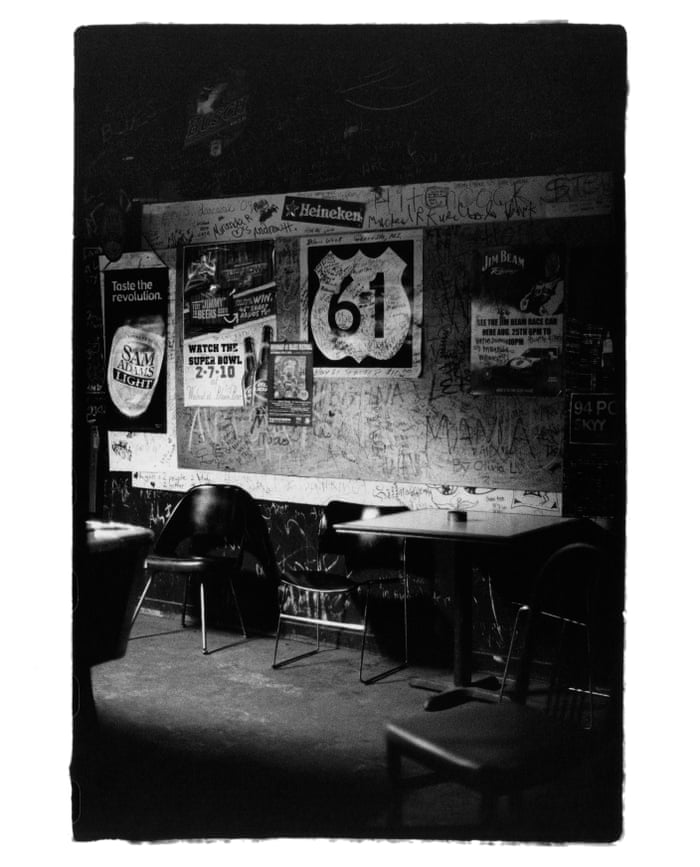
Mississippi
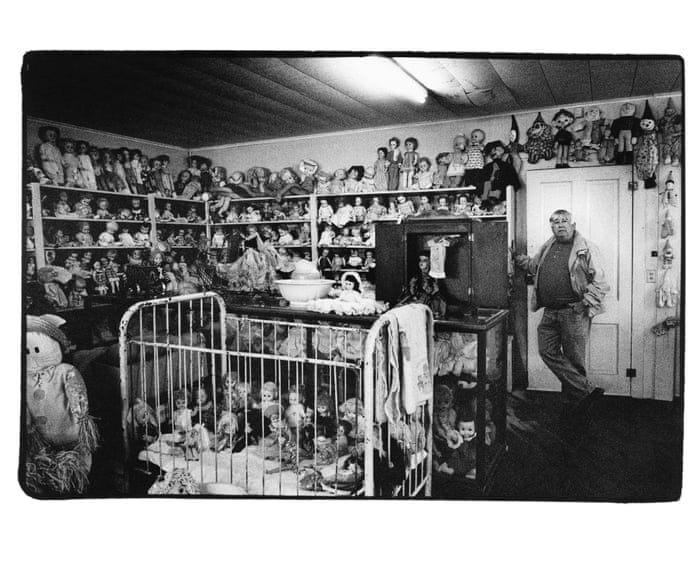
Mississippi

Iowa
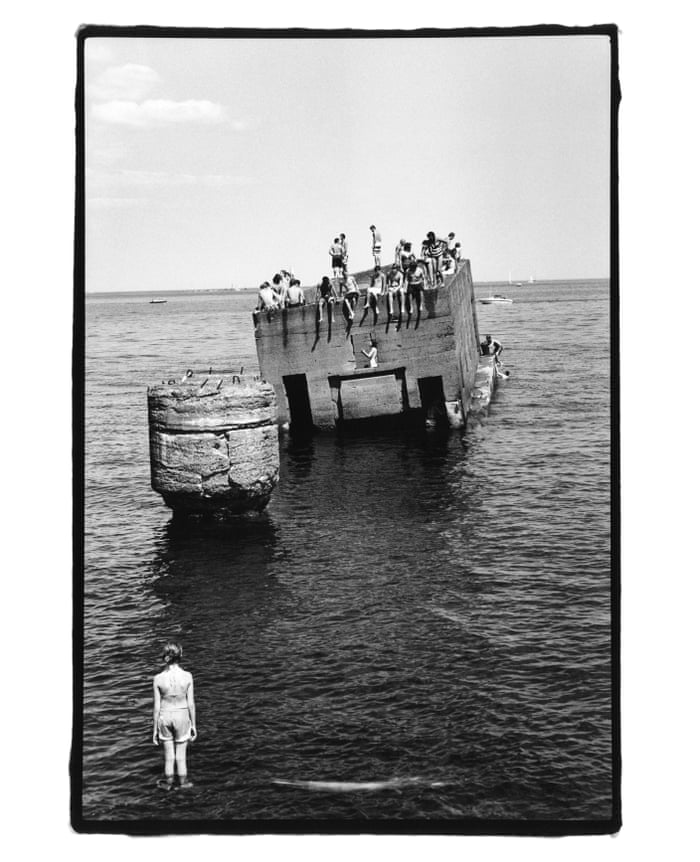
Minnesota
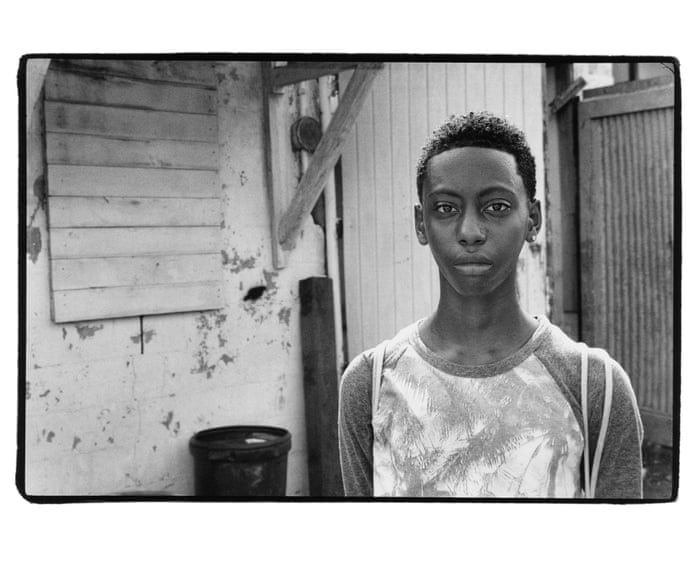
New Orleans

Minnesota
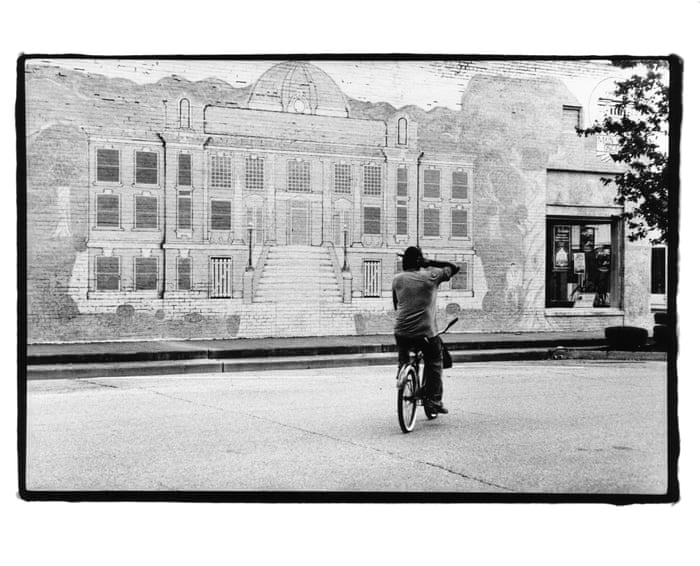
Arkansas
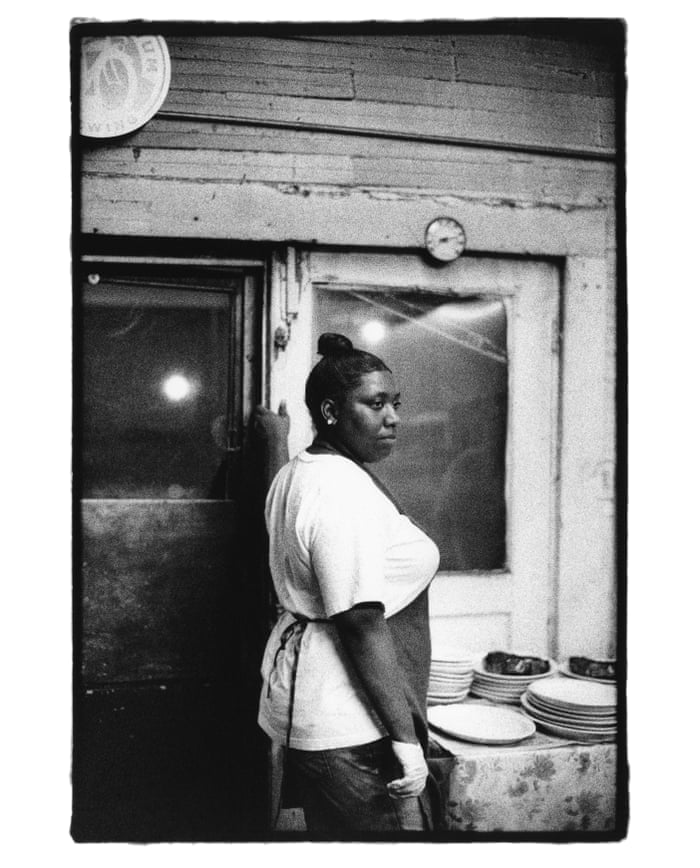
Mississippi
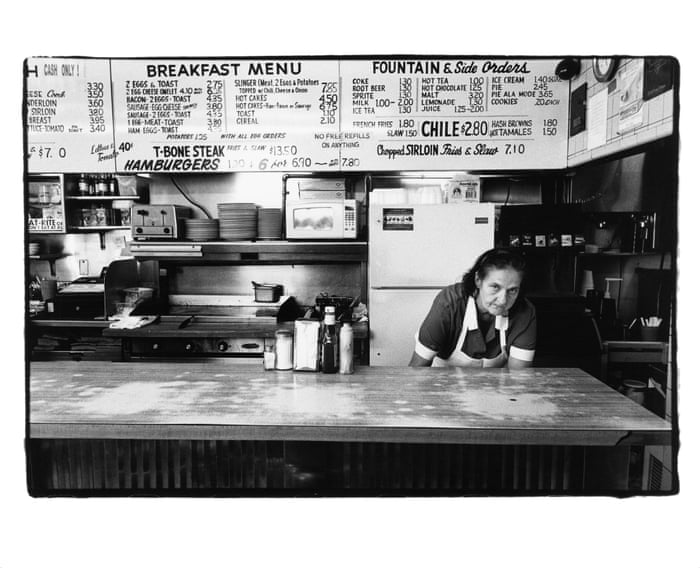
Missouri
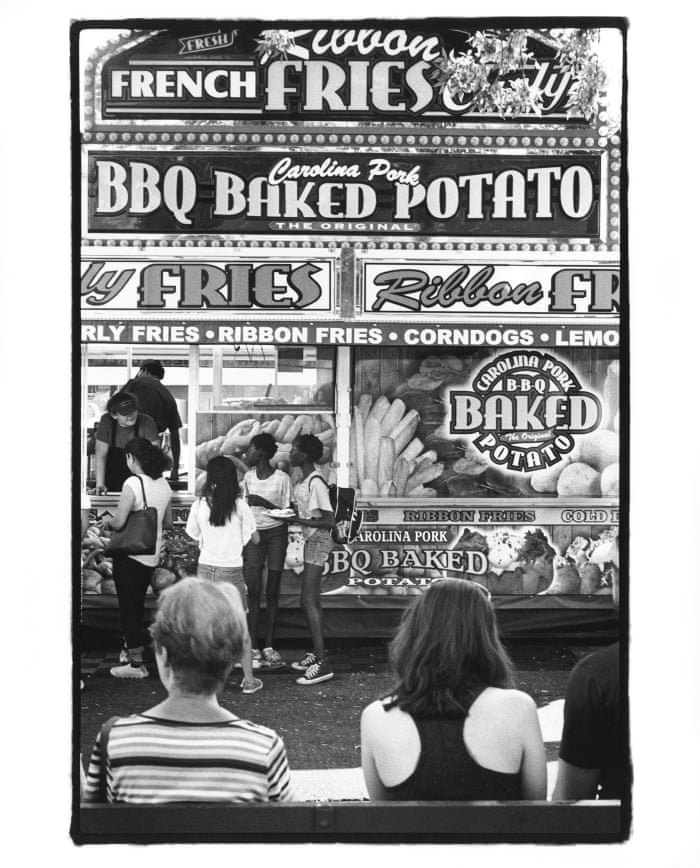
Minnesota
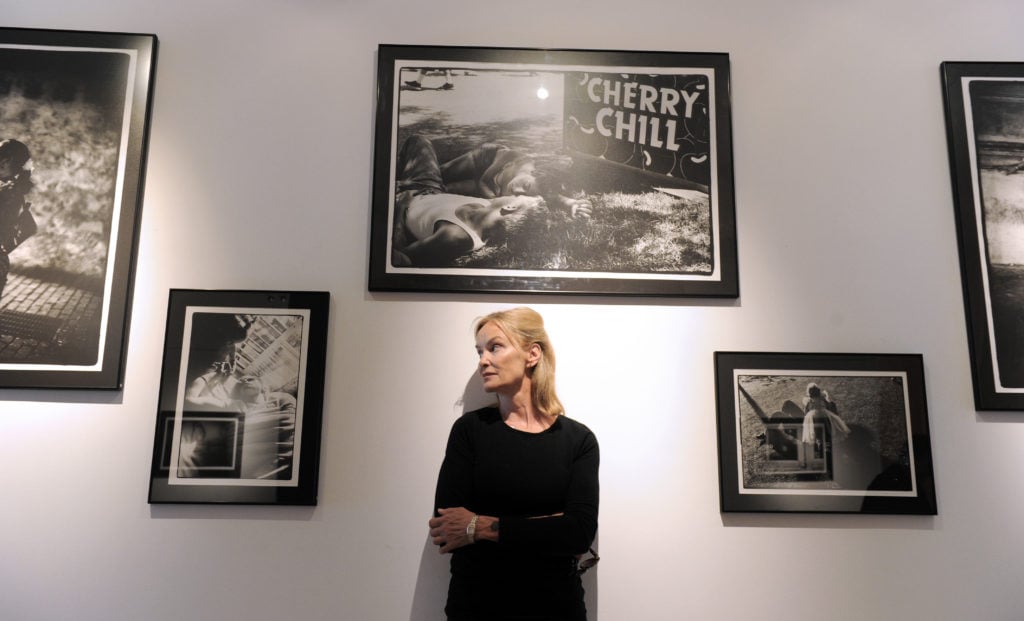
“These photographs are a chronicle of what remains and what has disappeared. It has a long memory, Highway 61.” — Jessica Lange
Renowned actress and photographer Jessica Lange was raised in Northern Minnesota and has travelled the length of Highway 61 countless times since her childhood and throughout her life. This storied route originates at the Canadian border in Minnesota and runs along the great Mississippi River through the American Midwest and South, rolling through eight states, down to New Orleans.
With more than 80 stunning tritone photographs, Lange’s Highway 61 reveals her deep connection to this iconic route, and presents that which she has long held dear along its way. This is a tale of our shared national heritage as seen by one of the most talented artists of her generation.
https://news.artnet.com/exhibitions/jessica-lange-highway-61-1669138
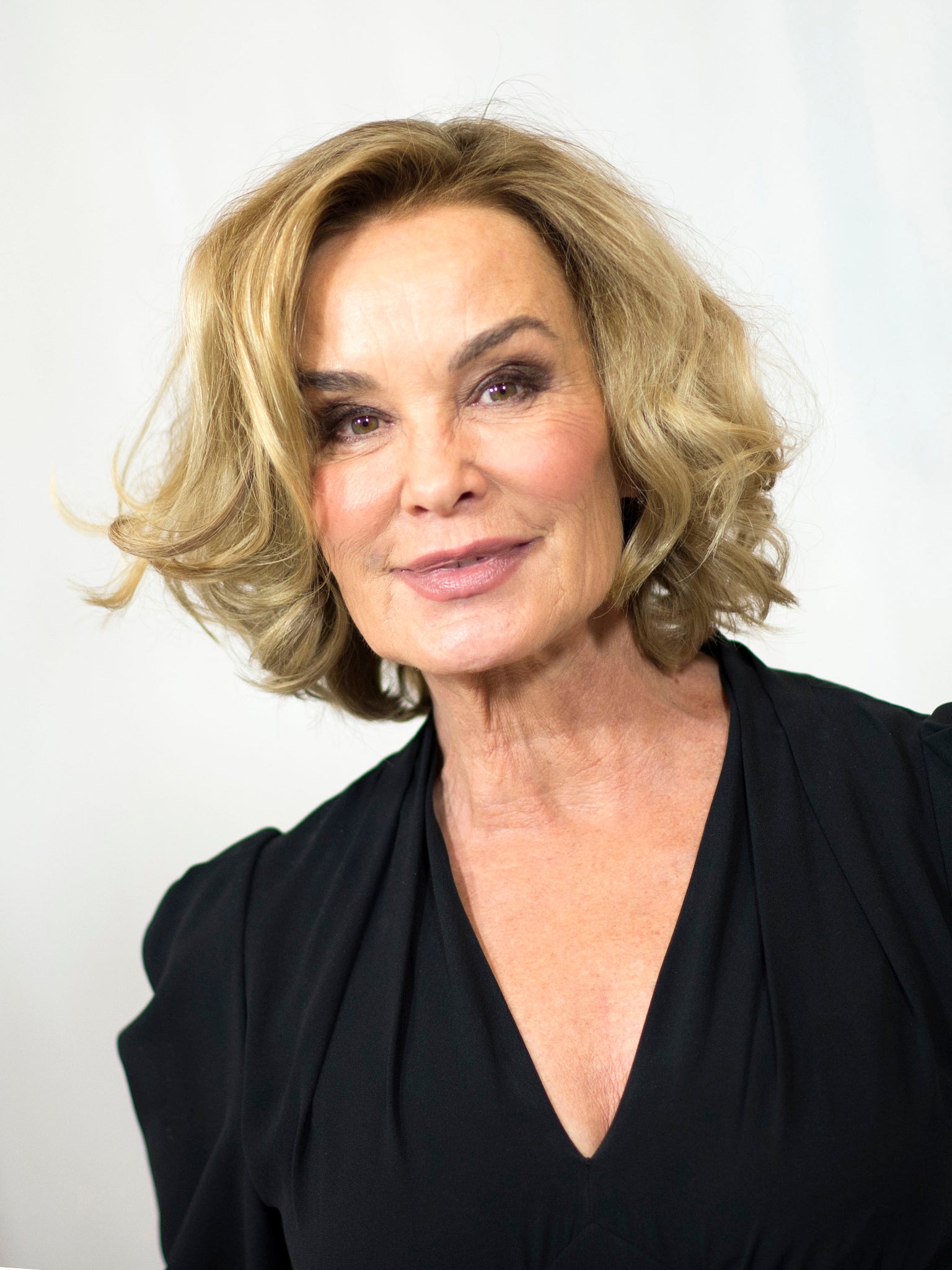
‘Highway 61’: Jessica Lange’s new photography book explores her midwestern roots
The Oscar-winning actress uses the same visceral method she uses on stage to take an honest and stripped-bare look at roadside reality.

‘Highway 61’: Jessica Lange’s new photography book explores her midwestern roots
The Oscar-winning actress uses the same visceral method she uses on stage to take an honest and stripped-bare look at roadside reality.
Ted Loos
The Independent
5 October 2019
When Jessica Lange finally admits that her driving is a bit unpredictable it comes as a relief. I was afraid to bring it up from the passenger seat. “My kids used to say, ‘Mom, pick a lane!’” the two-time Oscar winner says, chuckling.
On a day with silvery light coming through clouds and Lake Superior to our right, she is piloting us northward from Duluth, on Highway 61. We have a perfect car for an August road trip: her green 1967 Mercedes-Benz 250S, heavy as a tank and with seat belts of questionable functionality. But Lange exudes confidence and so I don’t worry too much. She knows where she is going.
For her, a Minnesota native who summers in what she calls a cabin an hour or so away, Highway 61 is more than a conveyance; it is a creative wellspring that dates back to her childhood.
In fact, this is Lange’s third trip along the route this summer, towards towns with names like Castle Danger and Beaver Bay, past dense stands of trees and signs for smoked fish and homemade pies. The road itself is the subject of her latest book of photographs Highway 61 which came out at the beginning of this month.
Inside, the 84 black-and-white photographs document all manner of life along 61, which runs – first as a state road, then for most of its route as a US highway – from the Canadian border down to New Orleans, a city where she lived and owned a home for a time. She was born in the town of Cloquet, Minnesota, and the route was a central artery for her family, but the book also chronicles the changes she has witnessed – stretches of the road that she describes as “empty, forlorn, as if in mourning for what has gone missing”.
It’s not that Lange, 70, who starred in Tootsie, Grey Gardens and dozens of other movies and TV shows, has given up acting. Her latest production from Ryan Murphy – who kept her busy through many seasons of American Horror Story, which earned her two of her three Emmys – is The Politician, which debuted on Netflix last Friday.
But photography is much more than a hobby for her, as I discover over our four-hour road trip. Wherever we stop, she pauses to take photographs.
When Jessica Lange finally admits that her driving is a bit unpredictable it comes as a relief. I was afraid to bring it up from the passenger seat. “My kids used to say, ‘Mom, pick a lane!’” the two-time Oscar winner says, chuckling.
On a day with silvery light coming through clouds and Lake Superior to our right, she is piloting us northward from Duluth, on Highway 61. We have a perfect car for an August road trip: her green 1967 Mercedes-Benz 250S, heavy as a tank and with seat belts of questionable functionality. But Lange exudes confidence and so I don’t worry too much. She knows where she is going.
For her, a Minnesota native who summers in what she calls a cabin an hour or so away, Highway 61 is more than a conveyance; it is a creative wellspring that dates back to her childhood.
In fact, this is Lange’s third trip along the route this summer, towards towns with names like Castle Danger and Beaver Bay, past dense stands of trees and signs for smoked fish and homemade pies. The road itself is the subject of her latest book of photographs Highway 61 which came out at the beginning of this month.
Inside, the 84 black-and-white photographs document all manner of life along 61, which runs – first as a state road, then for most of its route as a US highway – from the Canadian border down to New Orleans, a city where she lived and owned a home for a time. She was born in the town of Cloquet, Minnesota, and the route was a central artery for her family, but the book also chronicles the changes she has witnessed – stretches of the road that she describes as “empty, forlorn, as if in mourning for what has gone missing”.
It’s not that Lange, 70, who starred in Tootsie, Grey Gardens and dozens of other movies and TV shows, has given up acting. Her latest production from Ryan Murphy – who kept her busy through many seasons of American Horror Story, which earned her two of her three Emmys – is The Politician, which debuted on Netflix last Friday.
But photography is much more than a hobby for her, as I discover over our four-hour road trip. Wherever we stop, she pauses to take photographs.
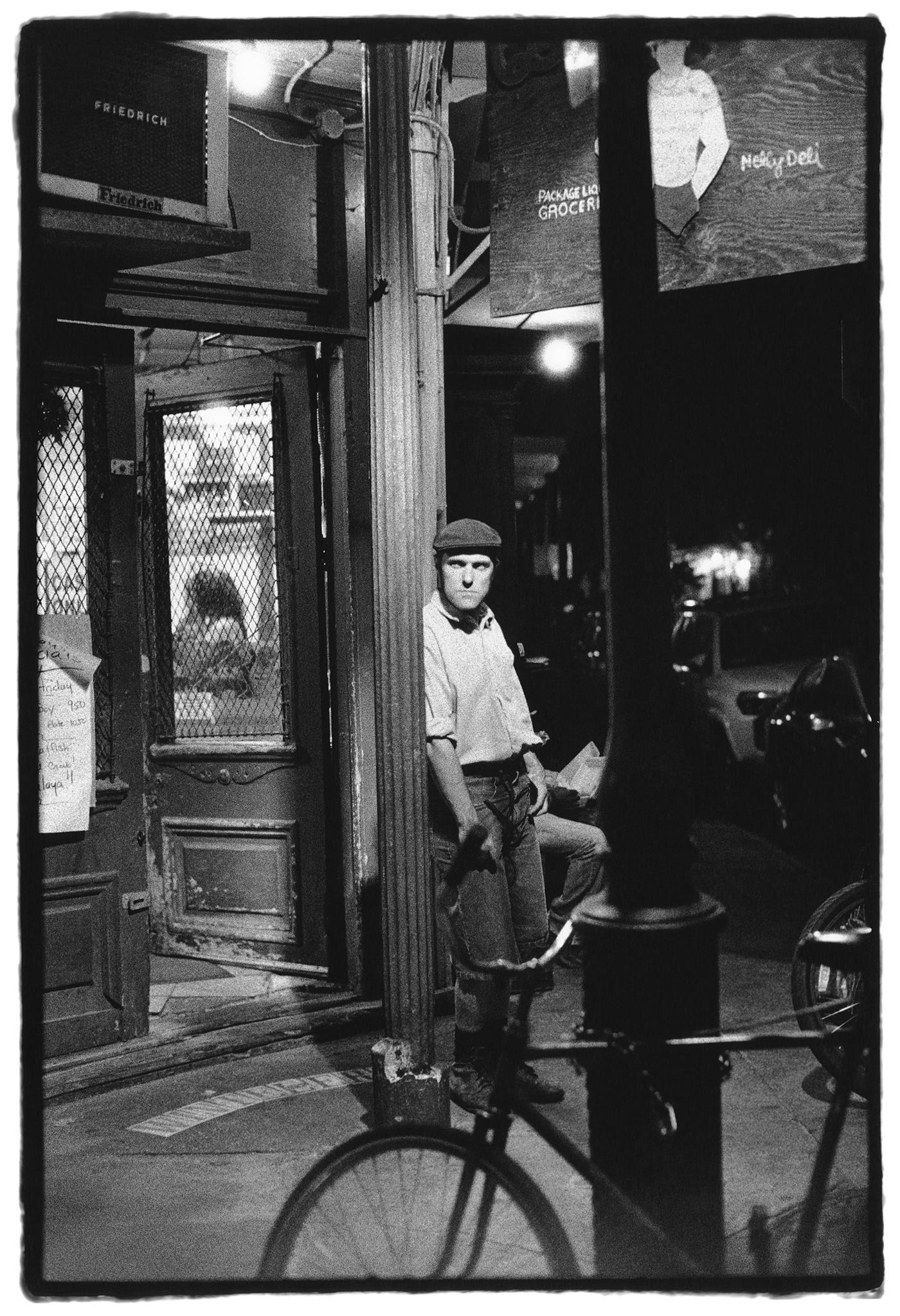
‘It’s expressive, emotional street photography’
She started taking pictures seriously in the 1990s, when her partner at the time, playwright and actor Sam Shepard, came back from a trip to Germany with a Leica as a gift. She saw it as a way to take high-quality pictures of their two children, and her practice grew from there.
Lange, although now based in New York, has spent time over the last six years documenting all eight states where Highway 61 unfolds.
In the book’s afterword, Lange writes about how her first album purchase was Highway 61 Revisited, released in 1965 by Bob Dylan, a fellow Minnesotan. When she left home at 18, she hit the road, “headed south out of town”, she writes, “on my way to Europe and beyond, the start of a new life”.
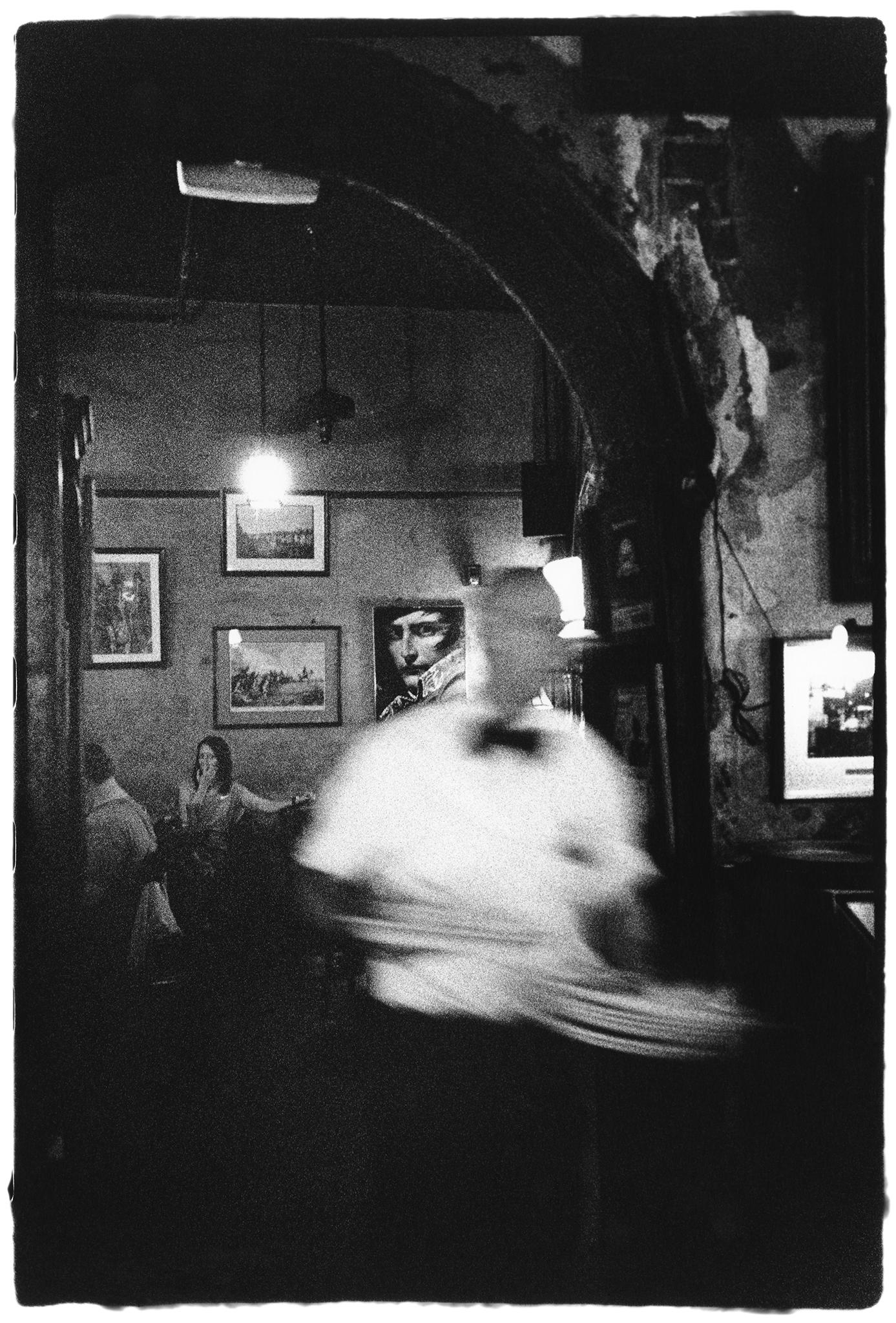
‘It’s not a tourist view. She gets close to her subjects’
The photographs themselves are grainy, suffused with intense light and shadow, capturing small moments featuring people, road signs, horizons, carnivals, diners. The book’s cover has one of her most striking images, an African American child looking right at the camera with an intense gaze. “It’s expressive, emotional street photography,” says veteran dealer Howard Greenberg, who is giving Lange a show of the Highway 61 images from 21 November to 18 January in his New York gallery. “It’s not a tourist view. She gets close to her subjects.”
At first glance, Highway 61 may evoke the work of William Eggleston and Robert Frank, who died this month: they are two photographers Lange has known personally and admired. “Who hasn’t he influenced?” she says of Frank.
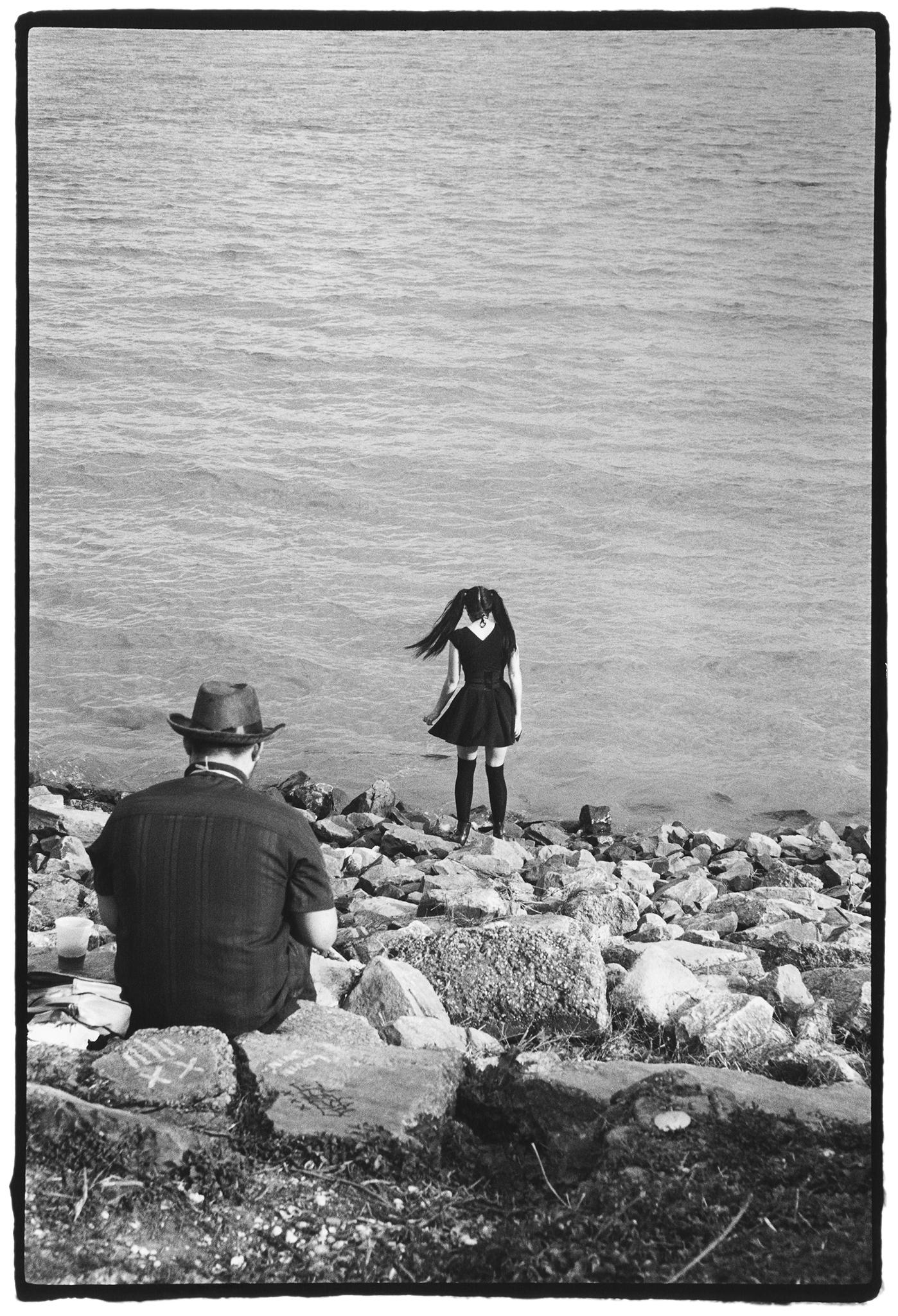
‘I never use a flash or carry lights or anything’
But her favourite practitioner is someone less famous, Czech photographer Josef Koudelka, noted for his work with the Magnum agency and high-contrast, black-and-white images, as in his seminal Gypsies series.
“I never use a flash or carry lights or anything,” Lange says when we stop for lunch and a beer in the town of Beaver Bay. A few people register that a famous person is in their midst, but Lange is unfazed. “I never crop,” Lange adds. “I think it’s a conceit. I always loved that Henri Cartier-Bresson showed you the whole image.”
Lange reads up on photography – she says she has been reading Roland Barthes’ Camera Lucida just this week – but her take on the medium is more instinctual than theoretical. “It’s storytelling,” Lange says.
Sarah Paulson, her co-star from American Horror Story and a close friend, lives in Los Angeles with four of Lange’s images on the walls and is soon getting a fifth. “When you’re seeing through Jessica’s lens, it’s immediate and feels visceral,” Paulson says. “It’s the same alchemy that makes her so extraordinarily powerful as an actress.”
Anne Morin, whose company, diChroma Photography, produces travelling photography exhibitions, met Lange through Greenberg and became enough of a fan to send her work on tour. Lange can be “as quick as Garry Winogrand,” Morin says. It’s true. When we arrive at Black Beach Park in Silver Bay – so named for its tiny black stones – Lange at first takes a few pictures of moody Lake Superior, but she seems uninspired by the landscape. It’s too generic.
After we greet a mother and two children who have braved the lake’s cold water for a dip, her camera is suddenly up and she snaps several pictures of the family as they walk away, cloaked in towels. “The boy turned as I was taking it, and it produced a great shape,” she says.
Photography, and what it captures, has potency for Lange, who recounts a moment when she was 5 or 6, looking through a box of photos in her grandparents’ attic. “One man was looking directly into the camera, and his gaze was so arresting to me as a little girl,” she recalls. “And I thought, ‘I’m connecting to him somehow.’ That’s the power of photography.”
‘What’s wonderful is the anonymity of it’
At the University of Minnesota, photography accidentally ended up in her curriculum when she couldn’t get into a painting class. She met a group of photographers through her professors there, including Daniel Seymour and Paco Grande. She married Grande in 1970, but not before ditching school to travel to Europe with them, including to Paris during the May 1968 protests.
‘You’re an actress, therefore you’re not considered a photographer. So you’re an actress who photographs. It’s a kind of mindless categorising’
Once she moved to New York, she found herself living in a loft on the Bowery with Robert Frank (Seymour’s collaborator in a 1972 documentary about the Rolling Stones on tour). She recalls Frank taking stills of her for a film she was working on at the time. But she herself wasn’t taking photographs yet. That would have to wait until after her movie career took off, starting with King Kong (1976).
As it turns out, one of the holdovers from her life in that era is the car we are driving in today, originally owned by director Milos Forman, who died last year. The Mercedes was a gift from Mikhail Baryshnikov, Lange’s partner of six years (it ended in 1982) and the father of the first of her three children.
Baryshnikov gave her the Mercedes after obtaining it from Forman, who used it to flee the 1968 Soviet invasion of Czechoslovakia. Somehow, his government ID from the time remained in the glove compartment, in a pink case. I almost don’t believe it until I have it in my hand. “He was so handsome,” she says.
The proximity of someone else’s fame brings up the topic of how someone as well known as Lange can be a street photographer, a genre that relies on the camera-wielder being unobtrusive. But as I witness, not everyone recognises Lange, at least at first, and by the time they do, she has already snapped the picture.
“What’s wonderful is the anonymity of it,” Lange tells me of switching sides from the object of the camera’s gaze to the director of it. “Such a relief”. In the age of Instagram, when “everyone is a photographer,” as she puts it, it’s a treat for her to take control of the lens. It’s a break from fretting that someone is taking her picture in a supermarket: “I don’t have to worry about being absurd.”
Once we are heading back south to Duluth, I wonder, given her success as an actor, exactly how seriously she wants to be taken as a photographer. “You know how this works,” she says, sounding not bitter but realistic. “You’re an actress, therefore you’re not considered a photographer. So you’re an actress who photographs. It’s a kind of mindless categorising; if you’re one thing, you can’t be another.”
But Midwestern optimism, and what I glean is one of Lange’s core personality traits – what Paulson calls her sense of “freedom and abandon” – wins the day, as the clouds actually part for the return home. “I’ve got a day job,” she says, and laughs again. “I just love taking photographs. That’s the only reason I do it.”
© New York Times









No comments:
Post a Comment